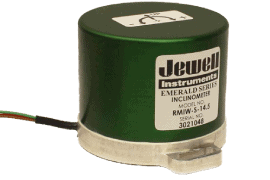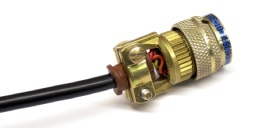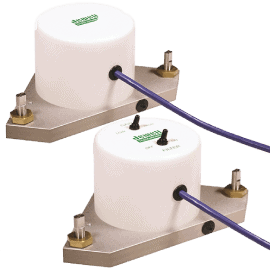When you’re trying to measure important movement in your project, you can’t afford to have the connection break down. You can connect your sensors using pin terminals and connectors, but if you’re looking for a durable yet cost-effective connection, consider a wired connection.
Benefits of Wired Sensors
Wired connections add advantages to your tilt or motion measurement system. The cables are included with standard units, which saves you time searching for a cable and setting it up. Wire connections are sealed to protect the connection, while pin terminals are open and exposed. The materials of a wired version are similar to that of a connector and mating cable, but generally lower cost.
Limitations of Wired Sensors
One drawback to a wired connection is that it may not withstand excessive strain caused by constant cable movement. A connector typically uses a mating cable that includes a cap at the end to prevent strain on the connection. A wired version does not include a cable with the same cap which means it is more flexible and vulnerable to strain. For industrial applications such as OEM and robotics, you will have to take this into consideration. For example, if a sensor is placed within the arm of a construction machine, the arm will exert a lot of movement on the cable which will apply strain to the base of the connection.
To Conclude…
A wired connection is a reliable option that saves time, money, and materials. It provides more protection than pin terminals, but not as much as a connector with a mating cable. Jewell sensors available with wired versions include the LSOX and RMI forced balance inclinometers and most electrolytic tiltmeters. If you’re still not certain which connection type is the one for you, reach out to us and we will be happy to help.



